2022 Holiday Office Closure
Hello Ancient Forest Friends! Please take note:
The AFA Office in Victoria will be closed from Saturday, Dec. 24th to Monday, Jan. 2nd. We will reopen on Tuesday, Jan. 3rd with regular business…
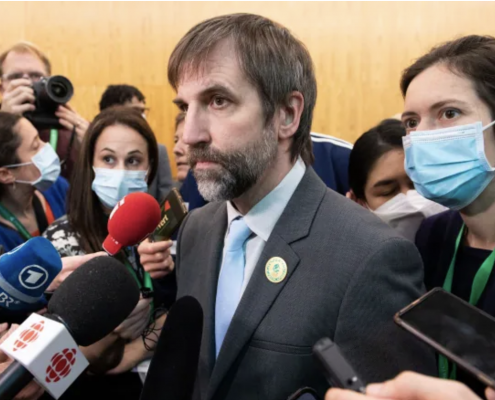
Biodiversity agreement to protect planet reached at UN conference in Montreal
Negotiators in Montreal have finalized an agreement to halt and reverse the destruction of nature by 2030, as the COP15 United Nations Biodiversity Conference talks enter their final official day.
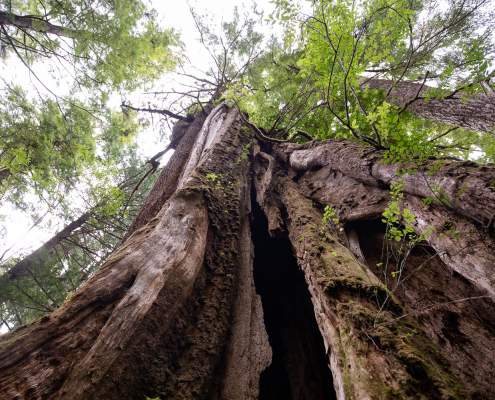
Thank you to our recent business supporters!
We would like to give a HUGE thank you to the following businesses and individuals for generously supporting the old-growth campaign:
West Coast Trail Express Inc. for their generous donation
Wild…
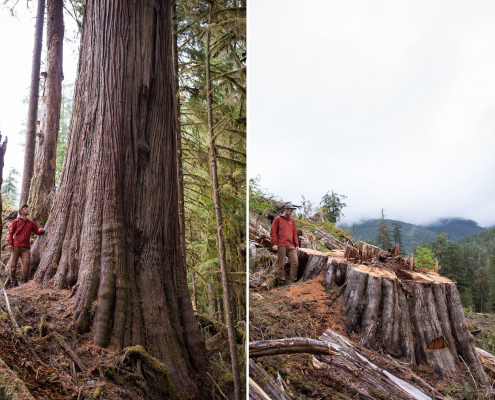
Old-growth activists commend BC Premier Eby on lofty land conservation goal
The Ancient Forest Alliance is commending the newly elected premier on his mandate letter to Nathan Cullen, Minister of Water, Land and Resource Stewardship in which he outlines the expectation for the creation of new Indigenous Protected and Conserved Areas (IPCAs) and committing to the protection of 30% of lands the in BC by 2030.
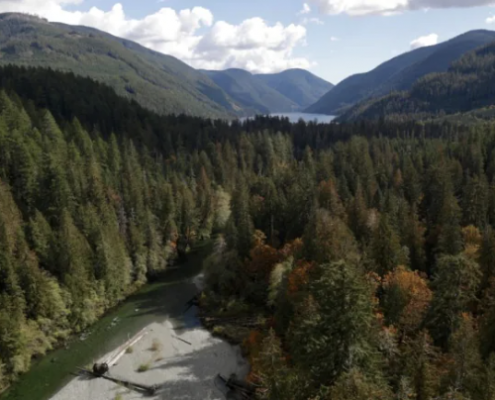
Conservationists optimistic over David Eby’s commitments to protect BC’s biodiversity
December 11, 2022
CBC News
By Chad Pawson
Land stewardship mandate letter calls for 30 per cent of BC’s land base to be protected by 2030
In mandate letters to his land stewardship and forestry…

Thank you to all who attended our 2022 Year-End Celebration & Fundraiser!
Thank you to all who attended the Ancient Forest Alliance’s amazing 2022 Year-End Celebration & Fundraiser last week at the Victoria Event Centre! Below are a few snapshots of the evening. It was…
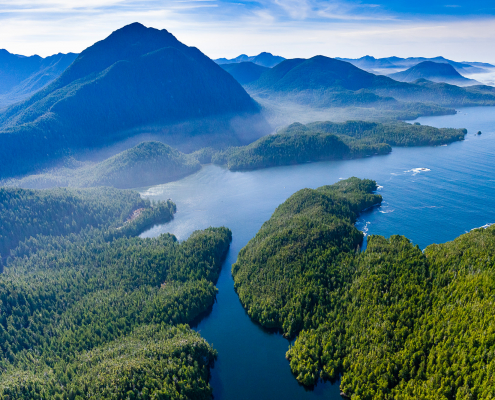
BC Government Commits to Doubling the Protection of Lands in BC to 30% by 2030 and Creating a New Conservation Financing Mechanism to Help Establish IPCA’s
The AFA commends the BC government for committing to protecting 30% of lands in the province by 2030, including through the creation of new Indigenous Protected and Conserved Areas, which would double what is currently protected in legislated areas in BC. A directive has also been given to “develop a new conservation financing mechanism to support protection of biodiverse areas.”
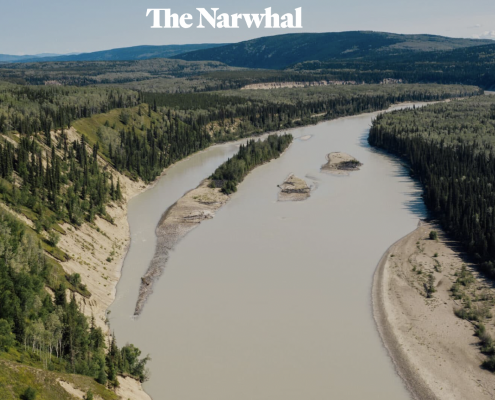
BC vows to reverse ‘short-term thinking’ with pledge to protect 30% of province by 2030
December 8th, 2022
The Narwhal
By Sarah Cox
Advocates say Premier David Eby’s conservation mandate is an ‘important step’ in the fight against biodiversity loss in BC, which is home to nearly…
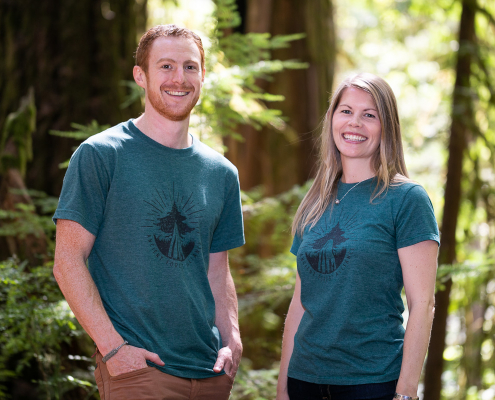
Reminder! Deadlines for holiday orders are fast approaching!
Friendly reminder, if you're planning on ordering gifts that support ancient forests this holiday season, please place your order by the following deadlines to increase your likelihood of receiving your…
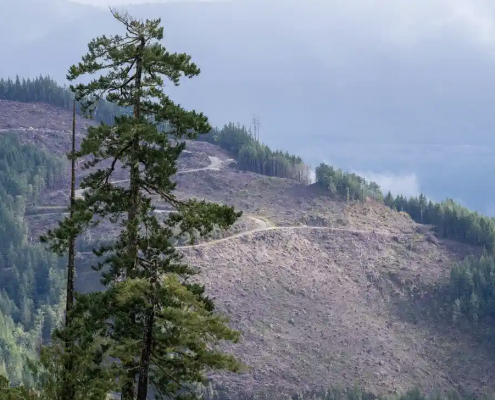
Canada accused of putting its timber trade ahead of global environment
December 2nd, 2022
The Guardian
Weeks before Cop15 in Montreal, leaked letter to EU shows host tried to water down deforestation regulations
The Canadian government has been accused of putting its…
